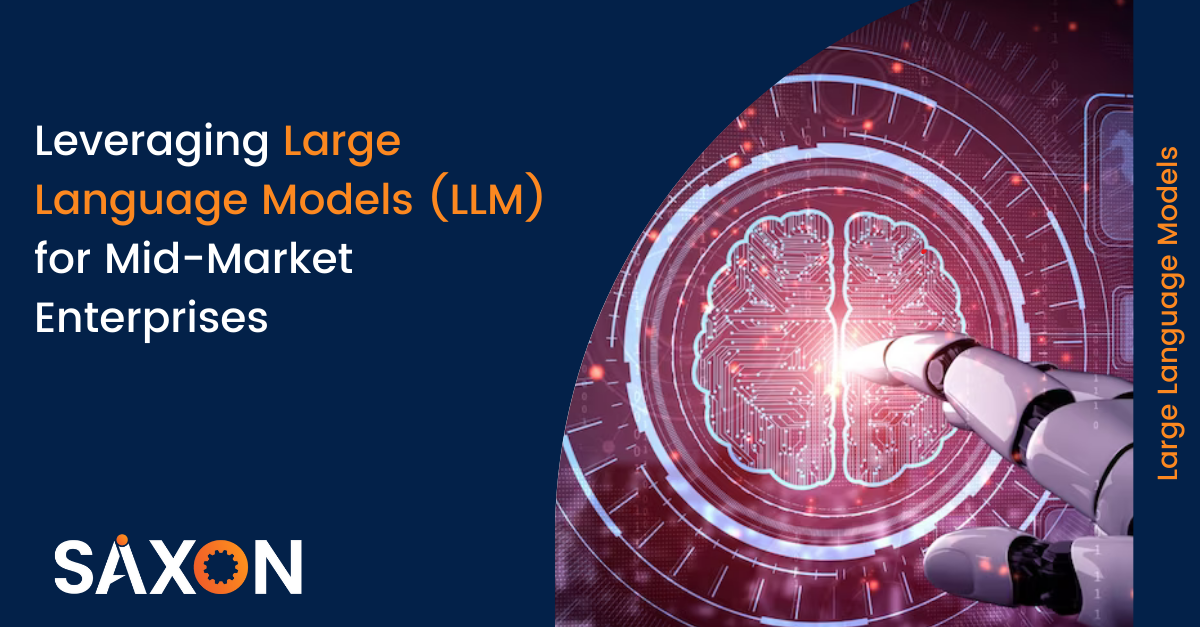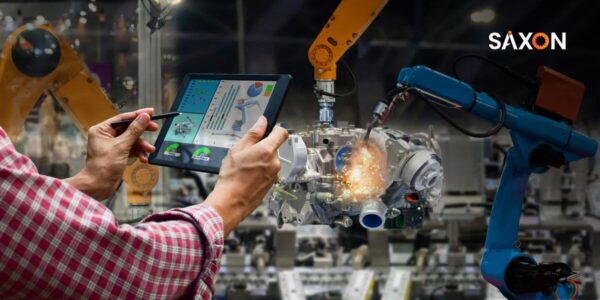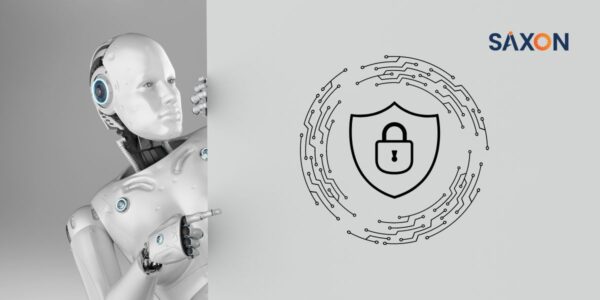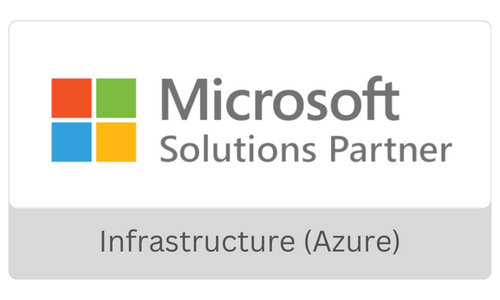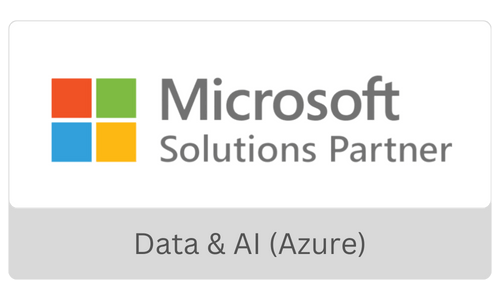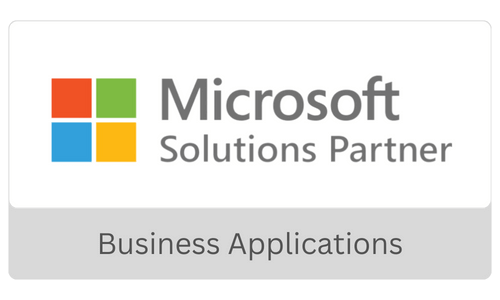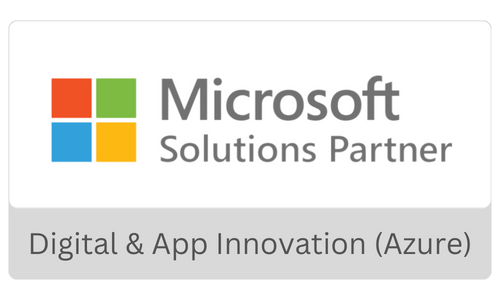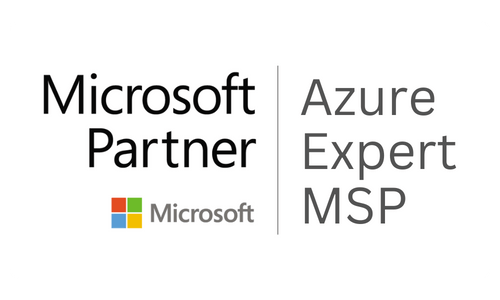ChatGPT made large language models (LLM) mainstream in enterprise applications. Other tech giants like Google (PaLM 2) and Meta (LLaMA) also jumped on the bandwagon.
Why are these companies betting big on LLM, you ask?
In his interview with Wired, Microsoft CEO Satya Nadella said, “The first time I saw what is now called GPT-4, in the summer of 2022, was a mind-blowing experience. If this is the last invention of humankind, then all bets are off.”
In March 2023, Bloomberg launched its purpose-built large language model called BloomGPT. Bloomberg’s Chief Technology Officer, Shawn Edwards, says, “For all the reasons generative LLMs are attractive – few-shot learning, text generation, conversational systems, etc. – we see tremendous value in having developed the first LLM focused on the financial domain.”
Developing a large language model is an expensive affair. It requires advanced supercomputing infrastructure. Microsoft developed a supercomputer for OpenAI with more than 285,000 CPU cores, 10,000 GPUs, and 400 gigabits per second of network connectivity for each GPU server.
While this seems to be a game of big players, mid-market enterprises can also utilize large language models for their business.
Let’s explore how
What is Large Language Model (LLM):
A large language model (LLM) is a foundational model pre-trained on vast amounts of data using deep learning techniques. An LLM learns the complexity of language and predicts the next word in a sentence using various factors called parameters.
Language models like OpenAI’s ChatGPT, based on the LLM (Large Language Model) architecture, offer valuable assistance to enterprises. These models possess a deep understanding of human language and can generate human-like responses based on the input they receive.
Enterprises, including small and medium, can leverage LLMs to enhance customer support and engagement by providing instant and accurate responses to customer inquiries. They can use LLMs for content generation, such as writing articles, reports, or marketing copy, saving time and resources. LLMs can assist with data analysis, research, and decision-making by processing and extracting insights from vast amounts of information.
Using large language models for enterprise:
LLMs are trained on a large corpus of unlabeled data to learn the basics of language-related functions and tasks. The pre-trained model is not specialized in your enterprise data. It may not work accurately and efficiently for your enterprise needs.
You can make an LLM model work specifically for your enterprise use cases in two methods – retraining and fine-tuning.
Retraining
Retraining an LLM (Large Language Model) involves updating the model using your enterprise data, allowing the model to learn and adapt to your enterprise-specific nuances. This technique empowers the model to generate more accurate and appropriate responses. Retraining improves the LLM’s ability to assist with various tasks such as customer support, content generation, or data analysis.
However, retraining an LLM for enterprise use can come with challenges. One major challenge for SMEs is the computational resources required for retraining. Large language models like LLMs require significant computational power to process and analyze large datasets during the retraining process. Enterprises need to allocate adequate resources to handle the computational demands and optimize the retraining process for efficiency.
Deploying the retrained LLM in a production environment and integrating it into existing enterprise systems can be complex. It requires careful integration, testing, and monitoring to ensure the retrained LLM functions seamlessly and delivers the desired results.
Fine-tuning
While retraining involves training a model from scratch using your enterprise data, fine-tuning builds upon a pre-trained LLM that has already learned general language patterns. Fine-tuning allows the LLM to adapt and specialize in the language, jargon, and context relevant to your enterprise. So, the model will produce more accurate and contextually appropriate responses.
However, fine-tuning LLMs for enterprises comes with some challenges. For one, the availability of data. Acquiring enough relevant and high-quality data can be a hurdle as the data is spread across systems. This problem gets worse if the business operates in a niche industry or deals with sensitive data. Limited or biased data may impact the performance and effectiveness of the fine-tuned model.
Fine-tuning requires careful adjustment of hyperparameters and training strategies to ensure that the model retains its general language understanding while adapting to enterprise-specific requirements. Finding the optimal balance can be a trial-and-error process that demands expertise and experimentation.
Fine-tuning is less resource-intensive than retraining. However, the technique still requires substantial computational power to process and train the LLM on the domain-specific dataset. Enterprises need to allocate adequate resources to support the fine-tuning process efficiently.
Azure OpenAI Service – alternative to retraining and fine-tuning
Retraining or fine-tuning large language models is not a viable solution for enterprises. To address this problem, Microsoft has launched Azure OpenAI Service, enabling enterprises to leverage OpenAI’s large language models.
Azure OpenAI Service provides a gateway to OpenAI’s impressive suite of LLM models, such as GPT-3.5, Codex, and Embeddings. You can access these large language models through Python SDKs, REST APIs, or web-based interface in Azure OpenAI Studio. This flexibility enables enterprises to seamlessly integrate LLM capabilities into their existing workflows and applications, regardless of their preferred development environment.
With Azure OpenAI Service, organizations can tap into the potential of LLMs for content generation, summarization, semantic search, and even natural language-to-code translation. This empowers enterprises to automate repetitive tasks, generate high-quality content at scale, extract key insights from vast amounts of data, and enhance overall productivity.
For example, you can connect Azure OpenAI Service with Azure Cognitive Search to create an LLM-powered cognitive search solution. This combination enables you to interact with your enterprise data, from across data sources, in natural language. Just like we have ChatGPT in Bing, you can have ChatGPT in your enterprise search, acting on your own enterprise data.
Benefits of Azure Cognitive Search for enterprises:
Generative AI goes beyond simple indexing and interpretation of data. It reads through the data files and summarizes the information to provide direct answers. It supports these answers with citations, making the results more reliable and trustworthy. This capability enhances the search experience, enabling users to find the answers they need quickly and accurately.
Generative AI-powered search breaks language barriers. Traditional cognitive search may struggle when information is not available in the user’s preferred language. However, with LLMs, users can search for information in any language, and the cognitive search can respond in the same language. This breakthrough eliminates language limitations and improves accessibility to information for a diverse range of users.
LLM-powered cognitive search offers greater flexibility in learning and adaptation. In traditional cognitive search, the learning process is based on fixed machine learning algorithms that cannot be changed. In contrast, generative AI allows for prompt pattern updates, enabling the search engine to learn more effectively and provide increasingly relevant information over time. This adaptability ensures that the search results continuously improve, keeping up with changing user needs and evolving data landscapes.
By incorporating this modern cognitive search into customer support pages, enterprises can empower their customers to find solutions to their problems more efficiently. This enhanced customer experience leads to increased satisfaction and loyalty.
Want to leverage LLM for your enterprise?
Large language models unlock new possibilities for enterprises. However, you need to find the right use cases for LLM.
If you want to get started with large language models but are not sure where and how to, we can help you.
Register for our InnovAIte workshop and talk to experts. Our experts will help you identify the right use cases for LLM in your enterprise ecosystem, evaluate your readiness, and build reliable LLM solutions to meet your needs.
Register now!
Follow us on LinkedIn and Medium to stay updated about the latest enterprise technology trends.

